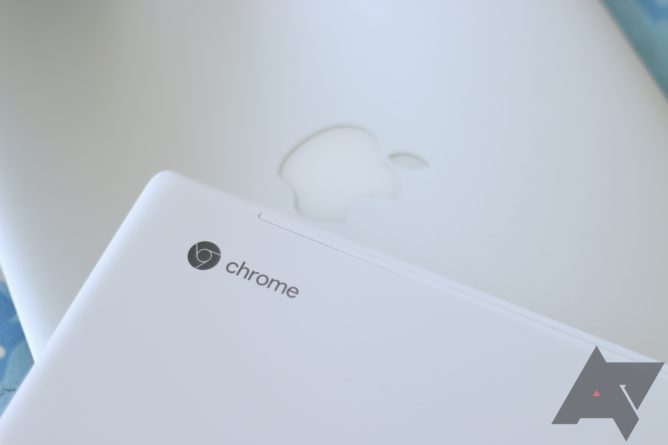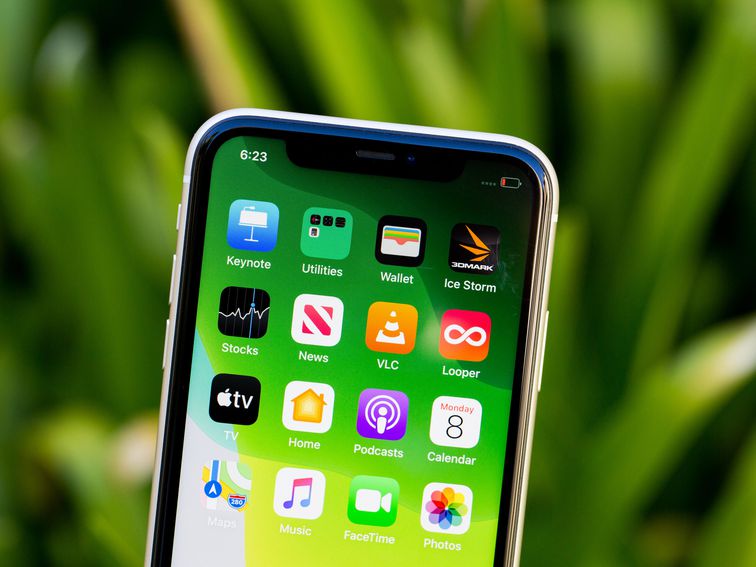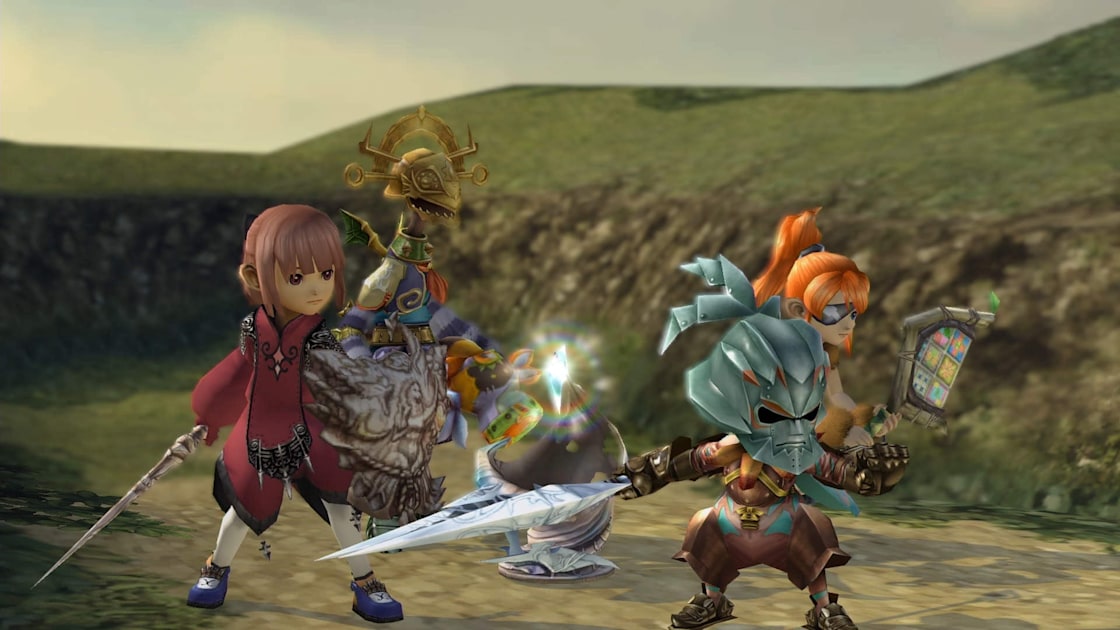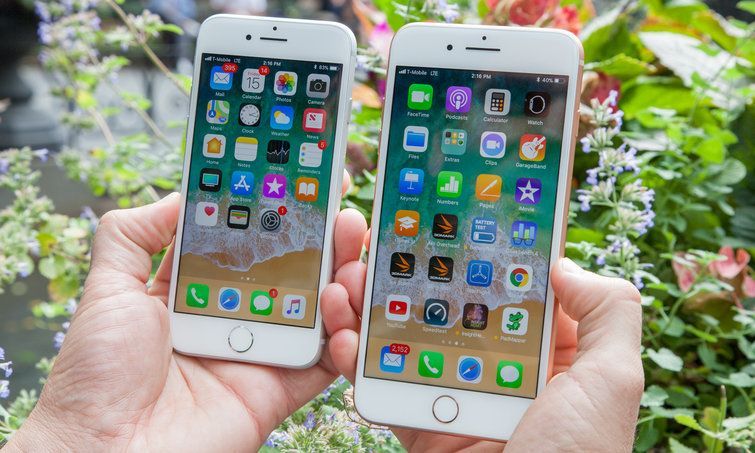Switching from MacBook to Chromebook: Is Chrome OS good enough? (Update: 2 weeks later)

This story was originally published 2020/04/26 8:00am PDTon Apr 26, 2020 and last updated 2020/05/09 9:27am PDTMay 9, 2020.
In 2013, I bought my first Mac, a MacBook Air. It was a great machine that accompanied me on the go for seven years, but as you can imagine, it’s been getting long in the tooth lately. I enjoy macOS and have grown accustomed to the platform over the years and decided to buy an iMac a year ago, but as someone who does little other than blogging on a laptop, I was interested in a more significant switch. Instead of going for a new MacBook for work on the go, I decided to try a Chromebook. After a long adjustment period, the experiment turned out to go surprisingly well, especially as I learned to work around the restraints of the machine. I could still never use a Chromebook as my primary machine, but that’s not even what I want from a laptop these days.
For some added context, here are the devices I’m throwing into the mix: I use a 27-inch iMac with 40GB of RAM and a 9th-gen 3.7GHz 6-core Intel Core i5 at home while my MacBook is running on 4GB of RAM and an aging 4th-gen dual-core Core i5. My new laptop/convertible is a 14-inch HP Chromebook x360 with 8GB of RAM and an 8th-gen dual-core Intel Core i3 (Taylor reviewed a similarly equipped variant here at Android Police).
Design and hardware
It isn’t fair to compare the build quality of a $1,000+ computer to one I got for about $500, but considering the price difference and the resulting compromises in design and material, the Chromebook holds up surprisingly well. That’s mostly due to HP’s excellent keyboard and the laptop’s sturdy exterior — I’ve got my gripes with the weight, the dark screen with its 16:9 form factor (3:2 is best, don’t @ me), and the hinge, which you have to open with two hands. The touchpad isn’t too great, either. I tried to play with the settings, but I just couldn’t find the perfect speed. I guess there’s a reason MacBook trackpads are considered industry-leading. I also dearly miss the four-finger Mission Control gesture, but at least Chrome OS offers a keyboard replacement for it. On the other hand, the Chromebook’s three-finger swipe gesture to switch between tabs is just perfect, so it’s giving and taking.
While I despise Google’s decision to replace caps lock with a search icon instead of putting it in the Windows or command key’s place, I do like having dedicated browsing buttons in the top row. After some time, I started remembering my go-to keyboard shortcuts like Search + shift + left/right to go to the end or beginning of a line. The screenshot combinations also came in handy once I memorized them.
The HP Chromebook x360 in tent mode.
I had hoped I could use this flippable Chromebook as a tablet replacement, but I’ve found myself gravitating towards laptop mode most of the time, even when I’m consuming content. A 14-inch device is a tad too huge for a tablet, even with Google’s latest improvements to touchscreen-only usage. At least tent mode is sleek and space-saving. It would be perfect for content consumption if it weren’t for the speakers that sit on top of the keyboard. They’re facing backward when the screen is flipped, which is far from ideal. The story will probably be different once we all can travel again, as I’d just connect my hearing aids or headphones to the machine then.
If you’ve ever run Chrome on macOS, you know how taxing Google’s software is on battery life. On Chromebooks, that’s not the case at all.
The touchscreen itself is more convenient than I thought it would be, coming from a MacBook. I love tapping icons on the taskbar to launch apps and websites, and sometimes just reaching up and tapping a few buttons in quick succession feels faster than using the touchpad. When I returned to my MacBook a few times, I even found myself trying to scroll and tap the screen.
If you’ve ever run Chrome on macOS (or Windows, for that matter), you know how taxing Google’s software is on battery life. On Chromebooks, that’s not the case at all. Despite dozens of tabs and a multitude of windows, the machine keeps going. Things got more complicated once I started throwing Android and Linux apps into the mix, though — Chrome OS just isn’t optimized for these. I felt like battery life got worse, though that’s purely anecdotal, and others on the AP team don’t think it’s reduced. A performance hit still wouldn’t be too surprising since the OS is running these in virtual machines, which translates to more work for the processor. This leads us right to the next section:k
Learning to avoid Android and Linux apps
Apple allows developers to bring over their iOS apps to macOS via Catalyst. While many Mac fans complain about the feel and look of these apps, they run native code, recompiled for Apple’s desktop OS thanks to some considerable amount of work on the app developers’ side. The same can’t be said about Android and Linux apps on Chrome OS. They’re straight ports that require little to no adjustment from developers. That also means that both run in virtual machines, which causes additional strain on the processor and the battery, and it shows — both Linux and Android feels out of place on Chrome OS and can’t fully access the file system. In the end, I started avoiding either as much as I could, which actually improved my experience on Chrome OS.
Left: 100% scaling. Right: 90% scaling. Zoom in and look at the text, you can tell the difference.
Android apps, in particular, feel like second class citizens once you display size scaling. On my Chromebook’s standard 100% 864 x 1536 scaling, apps look just as pristine as websites, but when you prefer using a less dense scaling like the native 1920 x 1080 at 80%, apps look fuzzy and text is harder to read.
While I’m grateful that I can download Netflix and Amazon Prime shows on the Chromebook, both streaming services seem to limit video quality to SD on their Android apps, despite the HP x360 supporting Widevine L1 DRM protection. The ability to download some music on YouTube Music is outright great, though.
I was pretty pumped to return to GIMP and LibreOffice after working with Pixelmator Pro and Microsoft Office on my Mac, but I just couldn’t get used to the Linux limitations on my machine: programs were slow to start, files had to be imported to the Linux partition of the Chromebook, and touchscreen interactions were limited.
Instead, I started working with Office Online and OneDrive for my Office needs and was positively surprised by the web app Photopea after finding my way around it. Thanks to Excel online, I also learned to love the Chromebook’s full-screen interface, accessible via the button in place of F4. There are still some missing features: I can’t print envelopes in Word, and links to files in Excel documents don’t work in the online version, both of which I rely on regularly. I’d also love some more keyboard shortcuts in Photopea.
I don’t like the tablet mode for most things, but script reading is great on it.
The only exception to all of these rules is Foxit PDF. For my gig as a script reader, I couldn’t find a PDF annotation solution with OneDrive integration outside of the Play Store, so I stuck with the excellent Android app despite the scaling and battery issues. Reading is also the only workflow where I fully embrace the tablet form factor offered by the Chromebook — it’s just awesome to view a script page on a full-screen 14-inch display.
Missing my macOS apps and utilities
After finding solutions for my table, text, and image processing needs, I quickly noticed that I missed some of my favorite Mac utilities. The third-party Spotlight replacement Alfred supercharges my productivity and file finding game on the Mac, in addition to having a clipboard manager and a keywords expansion feature on board. I also use Clocker, which adds other time zones right to the Mac status bar. I’ve grown accustomed to some native Mac features, too: It’s a bummer I can’t batch-rename files on the Chromebook, and even fundamentals like cluttering my desktop with files and folders are impossible on Google’s OS for some reason.
It’s always good to know what time it is across the pond when you work for a US website.
Over time, I found some alternatives to some of the tools. There’s TextBlaze for keyword expansion, and Artem thankfully added up-to-date PST to our WordPress installation, mitigating my need to have it in the taskbar at all times. I also tried using Clipboard History Pro for clipboard management, but instead of getting used to the new shortcut, I’ve stopped using a tool like this altogether.
There are things that I prefer on Chrome OS, though, like the task switching behavior on alt + tab that shuffles through all windows instead of applications like on macOS. In fact, I’m using Contexts on my Mac to make app switching feel more like it does on Windows and Linux.
Before I started using OneDrive and Word in my browser, my biggest gripe with Chrome OS was actually the lack of third-party cloud service integration. I badly wanted a solution that would allow me to integrate OneDrive just like Google Drive. Over time, though, I got used to having access to my files in my browser only, and while I don’t love it, it works fine enough — maybe I’ll even switch back to Google Drive once my Office 365 subscription runs out, though that will lead to some compatibility problems with another gig outside of Android Police.
Ecosystem integration
Apart from Instant Tethering and the usual data saved to your Google account, I haven’t gotten too much of an ecosystem advantage out of my switch to Chrome OS. Sure, I can use Google Drive to sync files across the two, and I could see my text messages on Messages’ web interface if I didn’t use Telegram, but that’s also possible on other desktop OSs.
Android and Chrome OS don’t work together too well.
Compared to Apple’s excellent ecosystem advantages when you use both macOS and iOS or even Microsoft’s Your Phone app for Windows and Android symbiosis that keeps getting better and better, this is outright disappointing, but not really news to me — after all, I’ve always been using the mostly incompatible Android and macOS in tandem.
Verdict
I could break down the verdict into this sentence: Chrome OS is a great browser, but it isn’t a great OS. My experience reminds me of the one I had on the iPad (pre-iOS 13, I should note). A lot of things are great for a specific set of purposes, but once I leave that comfort zone, I start running into issues that make me want to return to a proper desktop OS. On my Chromebook, the situation got better once I stopped trying to run Android and Linux apps and stuck with capable web apps as much as possible instead. However, I still miss my familiar, friction-free image editing software on the machine, and I’d love to see proper third-party cloud storage support.
Chrome OS is a great browser, but it isn’t a great OS
I still think my Chromebook can have a valid spot in my workflow, just like my iPad used to be great for reading tons of texts during university. I must admit that it took long until the Chromebook grew on me, though — I can’t say that about the iPad, which has always been fun and enjoyable to interact with, despite its limitations. That’s my personal situation, though. I recognize that there are many people who need more than a browser or tablet to get their job done, and I know there’s a big fraction who would be perfectly fine with a Chromebook since they just need something to check mails, shop Amazon, and surf the news on a familiar laptop form factor.
For now, I’m going to stick with the Chromebook for my mobile needs, but I might still pick up a new MacBook in the long term. The latest Air looks intriguing, and I’m eagerly awaiting the rumored refreshed 13-inch MacBook Pro with a scissor-switch keyboard. Those ARM rumors are intriguing, too.
2 weeks later
While I’ve been working more on my iMac over the last two weeks again, I found myself returning to the Chromebook a lot of times. My opinion on the device hasn’t changed too much, but I’d like to expand on some points of the original editorial and report on some changes in my workflow.
After a friendly soul in the comments pointed out that I can share specific folders with Linux apps, which I did for Downloads, I’ve started using GIMP a lot more for photo editing. It’s definitely a more powerful solution than Photopea despite a considerable learning curve. I still stand by my opinion that Linux and Android apps are second-class citizens, though. Linux is only feasible for advanced users who are comfortable with using a command-line interface, which isn’t a problem for me, but might be for others. Then there’s scrolling and back button behavior in Linux and (some) Android apps: They’re not consistent with the rest of the Chrome OS interface.
Additionally, touch support on Linux apps is limited, and some Android apps are prone to crashing and weird behavior when resizing windows or using two windows side-by-side. That’s actually the reason I’ve switched from Foxit Reader to OneDrive for PDF annotation — Foxit wouldn’t save changes to my PDF files too often and restarted upon window resizing. OneDrive is more stable, but unfortunately, it doesn’t have as many annotation options as Foxit and still exhibits some weird window issues like reloading PDF documents upon returning to it. This just makes me beg for a PDF Expert Android app, which is my go-to solution on macOS and iOS.
I’ve also run into a launcher issue post-publishing. When I start typing instantly after hitting the search key, Chrome OS won’t recognize the first few letters, which is not ideal. But there’s also good stuff: I’ve started playing some games on Stadia on the machine, and I’m surprised how much better it’s holding up than my MacBook. While the Apple laptop would get hot to the point of throttling during streaming sessions, the Chromebook stays much cooler. This just goes to show how much better Chrome is optimized for Chrome OS, even if that’s to be expected.
I keep appreciating other aspects of my Chromebook, too. I’m still positively surprised by its build quality and enjoy reading scripts in tablet mode. The battery life remains another strong point. And despite the problems and downsides I ran into, I can only repeat my verdict from earlier: I’ll stick with the Chromebook for now.



